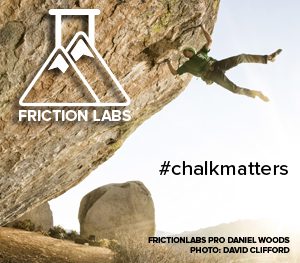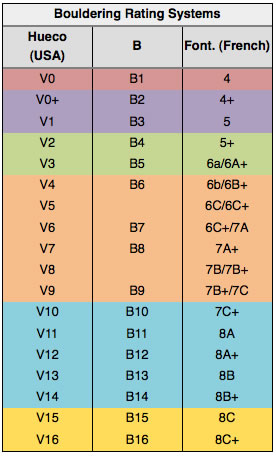Renaming GTR locations…(and a guidebook critique)
Now that I have the new guidebook in hand I can begin to rename areas according to the guidebook. This means the 4 geology tour road areas I now have will be recategorized into the Western Belt, CGTR 1 (Central Geology Tour Road), CGTR 2, CGTR 3, and the Eastern Belt. Also, he now calls boulders south and east of the Lechlinski Crack formation ( southernmost in CGTR 3) as the Inliers and Outliers, and further east is the East Virgin Islands. The other areas are also updated.
As you can see to the right, the new category titles based on his guidebook are quite cumbersome. It works, but the guidebook isn’t always clear when you are trying to find categories within sections, like say, the Outer Rim. What I needed to say to describe it was: Western territories/entrance areas/outer rim/blood diamond. The problem with this is of course its very long. Also, in the contents covering Western Territories, only the Entrance Areas and Trashcan Rock are referenced, so if you want to go directly to the Outer Rim page, forget it. You go to the Entrance Areas page and look up the subcategory page on the overview map. One problem though is this subcategory isn’t referenced in the overview map (I think this is just a minor oversight); consequently, you just end up leafing through to find it or know the boulders in question. This problem lies mostly with the contents. I think he should have added more categories to this section with page numbers. So for the Entrance Areas it should have been subdivided with: Lonely Stones (3 areas), Embryo, Miledi boulders, Outer Rim (3 areas), Chocolate boulders; here are the categories for Trashcan Rock: Trashcan rock, AFPA rock, Key’s Corner. I think this arises because the Entrance areas cover such a broad swath of land.
His two key reference tools in the guidebook is the master overview map (just inside the second page) and the contents (page 6). Both aren’t very helpful as the master overview map has no subcategories or any references via page numbers. The contents, as I mentioned, has no subcategories for some chapters. Other sections have chapters that are the subcategories, and it all makes sense. Then you arrive at Chapter 6, Real Hidden Valley. That overview map doesn’t show it’s location in the larger context, unlike Chapter 5, which does show where JBMFP is in context. He uses yellow squares to indicate an area then he uses the same yellow squares to indicate a subcategory, like the So High Area (map page 114). But in another map, he has no yellow square, just a barely readable page number under the area name (Turtle Rock, map page 103). Most of what I’ve described may go unnoticed. Since I’m trying to find things and use his system, it has become obvious to me.
What I would suggest is tab the book using something like Post-it Durable Tabs. I used these for my old job producing Grants Awards booklets, and they held up year after year and were removable. Color-coded too! Whoa!
Overall, the book is well done, and the topos are first rate. Most of the problems have color pictures to show the route, and he is adding more start beta for problems. Sections are color-coded, and it’s a very visual guidebook this time. I personally wished he’d had more time before publication, as we already had dozens, if not a hundred or more, lines finished. Once I get the Guidebook Additions page going, I’ll know what is guidebook-orphaned.
Here’s another parting shot, this time it’s from Egypt.
Category: Joshua Tree Updates













